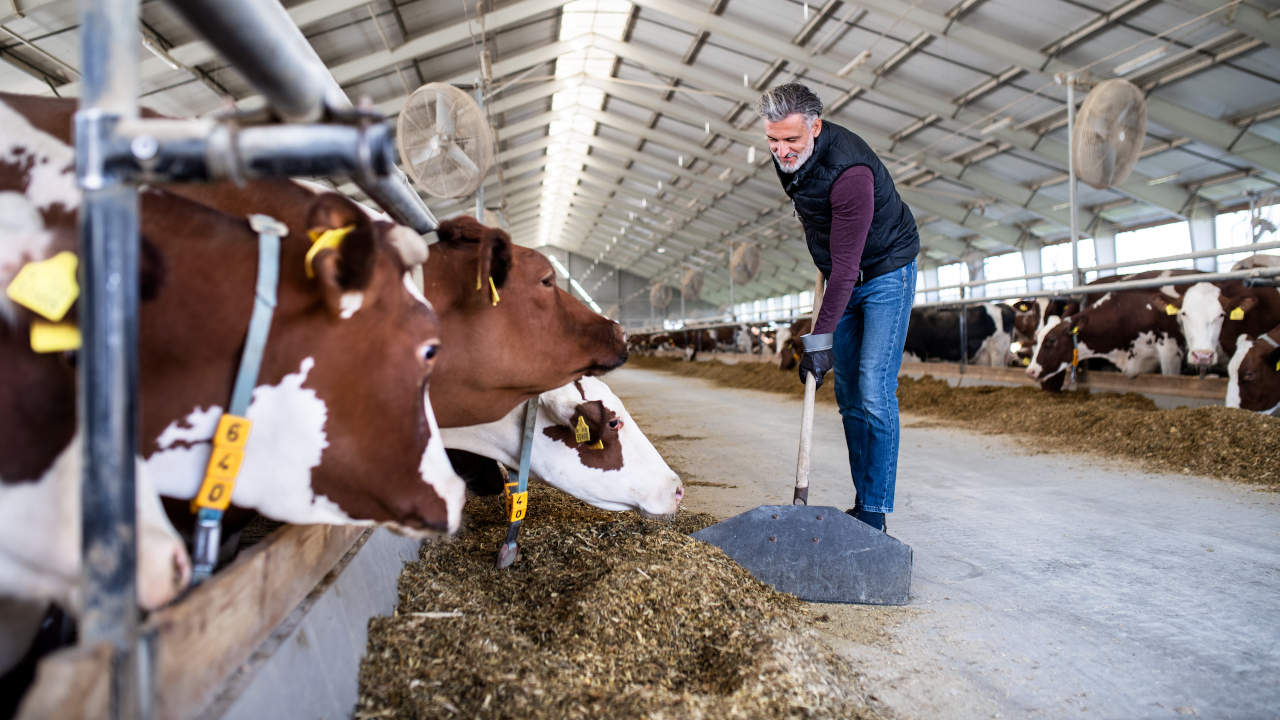What are the biggest problems of farm buildings and warehouses?
Farm buildings and warehouses are built according to rules and standards which facilitate food or grain storage. Sometimes, due to the specific nature of the construction materials, they require some kind of sealant to protect against harmful factors.
Warehouses or farm buildings are often exposed to fluctuations in moisture levels and water-vapour condensation. Most often, this problem affects buildings with metal roofs. This has a negative impact on animals if the building is used for animal breeding or storing food products. If the building is not well insulated, the interior can freeze during a cold winter and heat up to too-high a temperature during summer. Then the food sprouts and rots faster.
The lack of the proper insulation also often leads to invasion by rodents, which destroy the environment, and, above all, food products. It is then worth considering a solution which will discourage them from settling in farm buildings. In addition, moisture and temperature changes mean ideal conditions for mould and fungus growth. That is why the thermal insulation of farm buildings or warehouses is required to maintain the proper conditions.
The advantages of using PUR foam in agriculture
Polyurethane-foam insulations have been used in agriculture since the 1990s. Due to its tightness and durability, this material is ideal for the spray insulation of farm and industrial buildings. PUR foam, e.g., Purios H, is distinguished by its above-average mechanical resistance. It adheres firmly to the ground, and additionally strengthens the building structure.
The high mechanical-resistance of foams allows their pressure cleaning without the risk of surface damage. This thermal-insulation material is resistant to mould and fungi formation, and its harmful effects, which is particularly important in the agricultural and industrial sectors. It provides effective protection against heat-escape, while reducing the cooling time of goods. PUR foam also affects the gas barrier of the insulation.
The insulation of farm buildings noticeably improves their energy efficiency — among others, it eliminates thermal bridges, through which most heat escapes. They improve the quality of ventilation, and protect against corrosion and condensation on the structure.
Where is PUR foam most-commonly used in the agricultural industry?
Due to its properties, polyurethane foam is used in agriculture, industry, and production. Foam application in agriculture is becoming more and more popular, including on buildings intended for storing food products or breeding animals. This is the best way to save money — foam insulation helps to maintain the correct indoor temperature.
The PUR foam insulation of farm buildings is supported by the advantages which other thermal-insulation materials do not have. The coating tightness, and above all, the quick application of this thermal-insulation material, allow its application in cold stores, hen houses, warehouses, mushroom-growing cellars, and barns. The PUR-foam thermal insulation of a building facilitates the reduction in energy consumption by up to 30% —this is the best result for all products used for thermal insulation.

 This website uses cookies. By using this website, you consent to the use of cookies in accordance with your browser settings.
This website uses cookies. By using this website, you consent to the use of cookies in accordance with your browser settings.